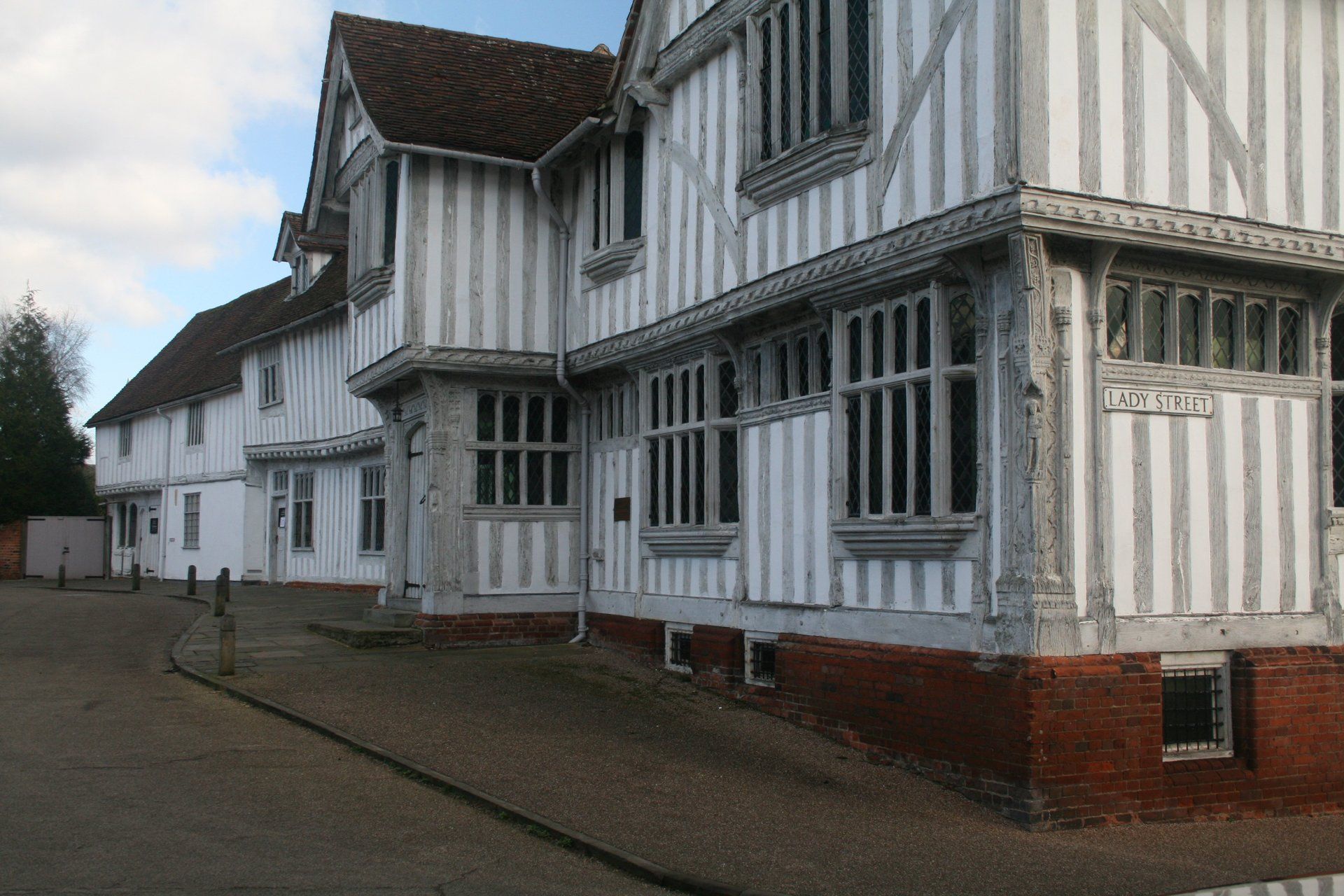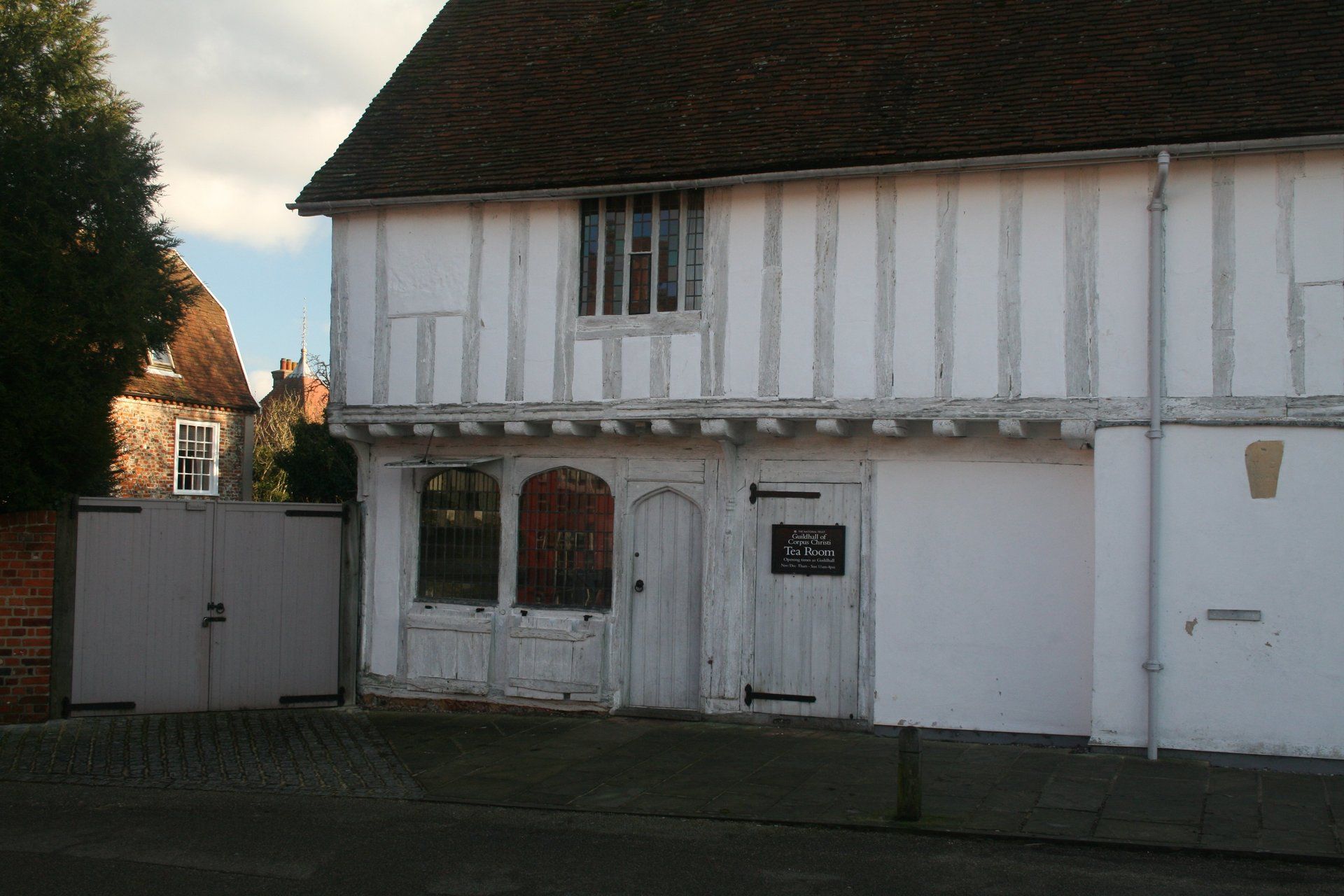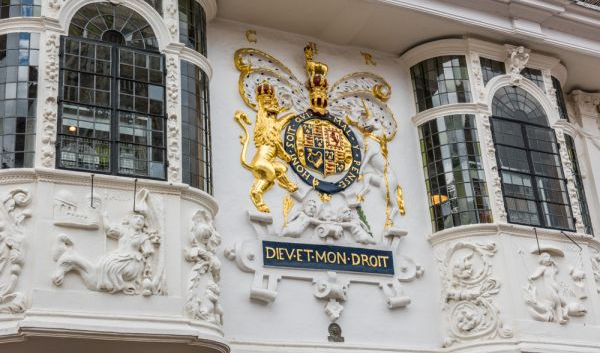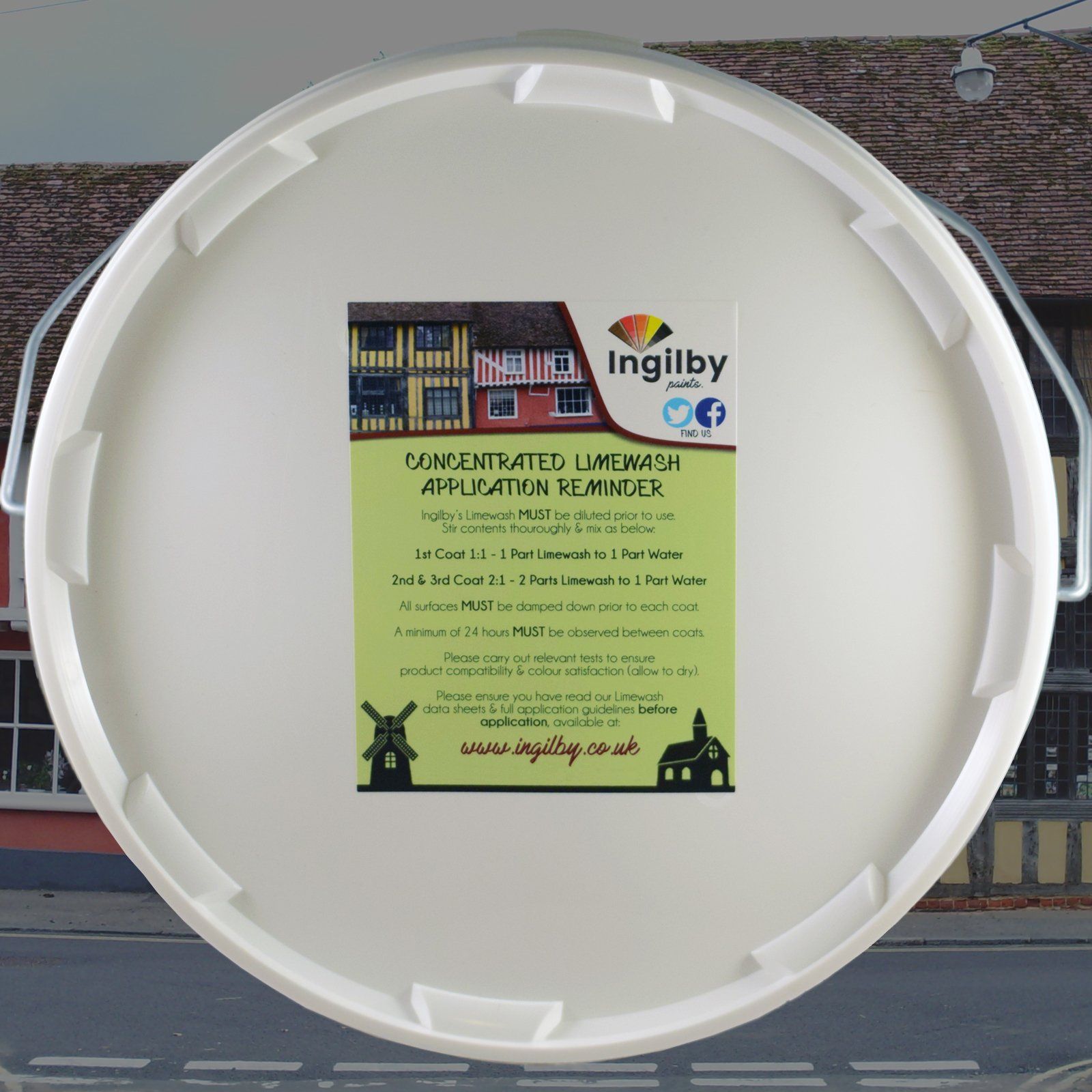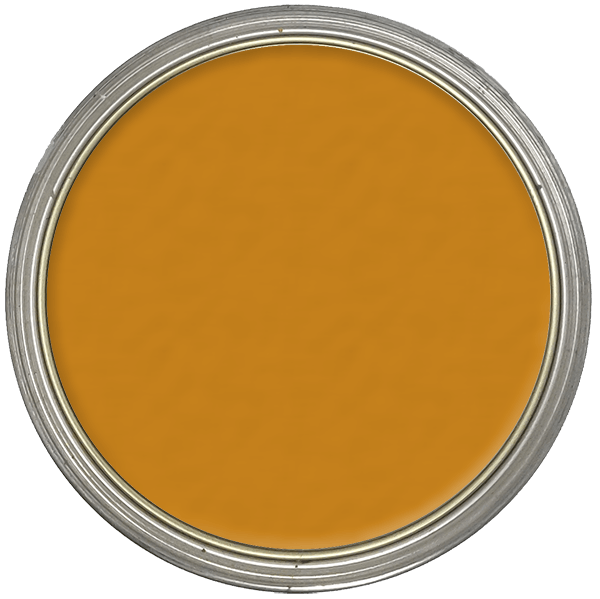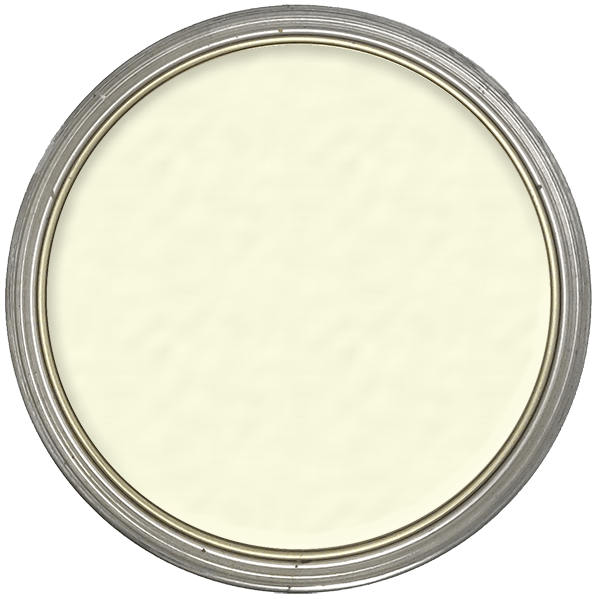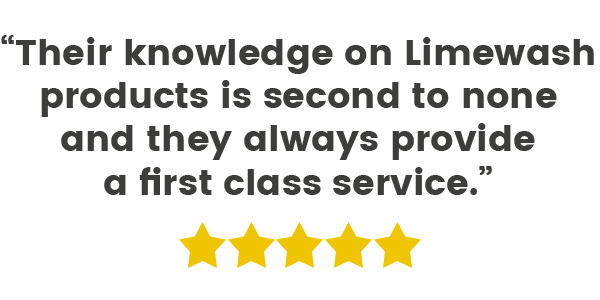
Slide title
Write your caption hereButton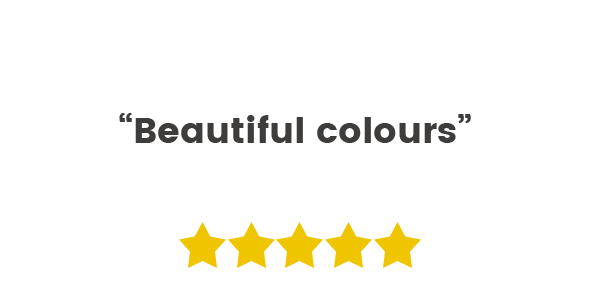
Slide title
Write your caption hereButton
Slide title
Write your caption hereButton
Limewash
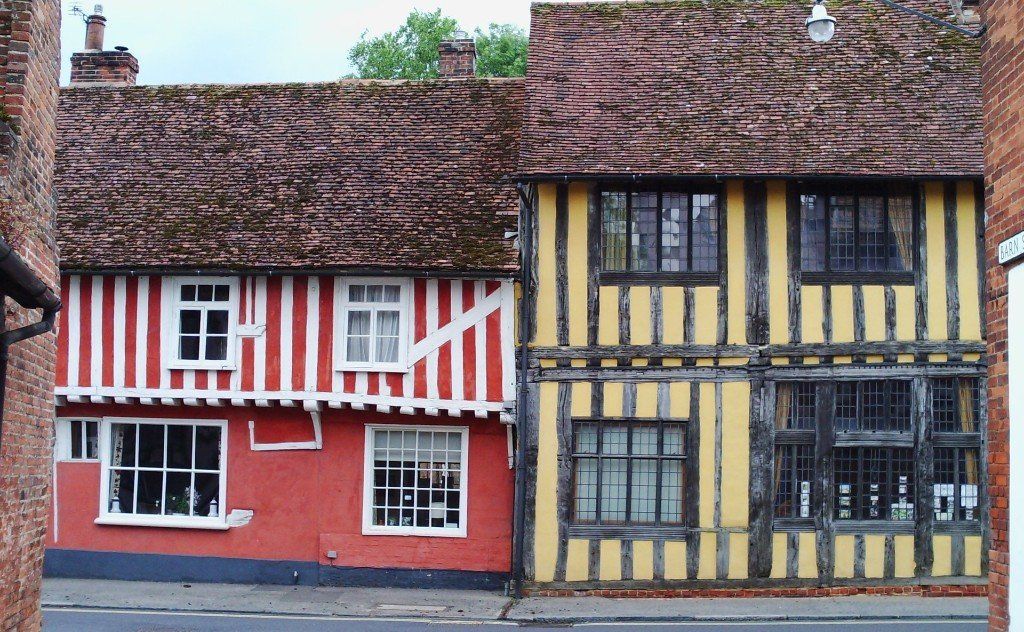
Slide title
Write your caption hereButton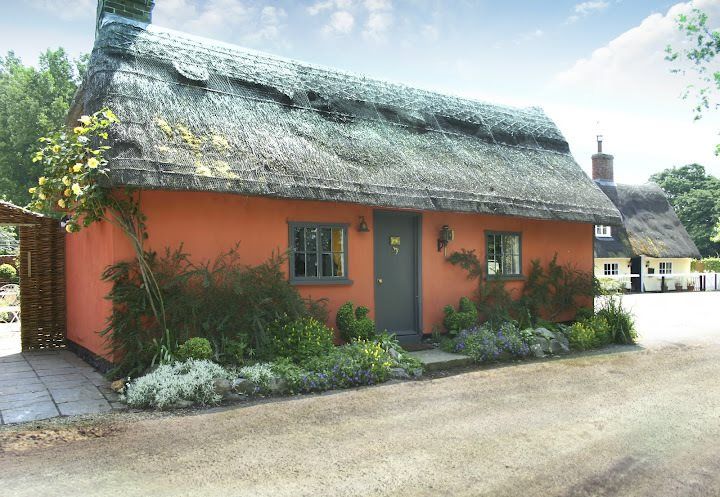
Slide title
Write your caption hereButtonSlide title
Write your caption hereButtonSlide title
Write your caption hereButtonSlide title
Write your caption hereButton
What is Limewash?
Why use Limewash?
Why use Limewash and not paint?
History of colour. What colours are available today?
Is Limewash easy to use and how do I apply it?
What Limewash types do Ingilby offer? And which should I use?
Links to our Online Store below
Ingilby Limewash Foundations
-
Tallow Bound - Traditional External LimewashTake me to Tallow Bound List Item 1
An external limewash modified with tallow to the Suffolk Preservation Society recipe.
Best for external applications to previously limed surfaces & bare plaster to give a decorative and breathable matt finish.
Greatest water shedding properties of our 4 limewash foundations.
-
Pozilime - External Multi Surface LimewashTake me to Pozilime List Item 2
For application onto difficult surfaces, cement render, brick, previously painted surfaces & other substrates as well as traditional lime render, wattle and daub and other breathable substrates.
Gives traditional limewash matt finish across breathable renders as well as difficult surfaces giving good breathability where needed as well as adhering to modern surfaces and coatings.
Pozilime has a slight textured finish due to the pozzolanic additive.
-
Interlime - Internal Multi Surface LimewashTake me to Interlime List Item 3
For application onto previously painted internal surfaces & other substrates as well as traditional lime render, wattle and daub and other breathable substrates.
Gives traditional limewash matt finish across breathable renders as well as difficult surfaces giving good breathability where needed as well as adhering to modern surfaces and coatings.
-
Pure & Simple - Internal and External LimewashTake me to Pure & Simple List Item 4
An internal and external limewash made from pure filtered slaked lime modified with sodium chloride. Limewash in its purest simplest form.
For application onto previously limewashed surfaces, traditional lime render, wattle and daub and other breathable substrates.
Gives traditional limewash matt finish across breathable renders.
Limewash of choice for Churches.
-
British Made Professional Limewash BrushTake me to Limewash Brush
We've teamed up with the last remaining British paint brush manufacturer to bring a 100% British Made professional wooden pure bristle Ingilby Limewash brush.
Perfectly suited for large area Limewash application. The 5" short pure bristled brush is the perfect size without being too overbearing.
The specially designed short pure bristles help reduce flicking during application.
For Pozilime Limewash applications we recommend our 'Pozilime Brush - DIY Limewash Brush' due to the pozzolanic additive which can degrade brushes quicker than other Limewash types.
-
Pozilime Brush - DIY Limewash BrushTake me to Pozilime Brush
6” short bristle brush, ideal for limewashing.
Short bristles help minimise flicking.
Recommended brush for use with Pozilime.
-
25 Litre Paint Kettle With LidTake me to 25 Litre Paint Kettle With Lid
Plastic 25 Litre paint kettle with lid. Perfect for mixing and safe storage.
Popular Limewash Colours
-
Little Hall Yellow
ButtonA strong yellow orange. First mixed for and named after Little Hall in Lavenham, Suffolk.
-
Half Tint
ButtonFirst mixed for use in churches. Tinted by half a percent of pigment by weight.
-
Limewater
ButtonA cool pale grey with blue undertones.
-
Sea Lace
ButtonA clean mid green colour. Taking name inspiration from a sea weed found across the British and Irish coast.
Secure Payments
Be the first to know
We will get back to you as soon as possible
Please try again later


